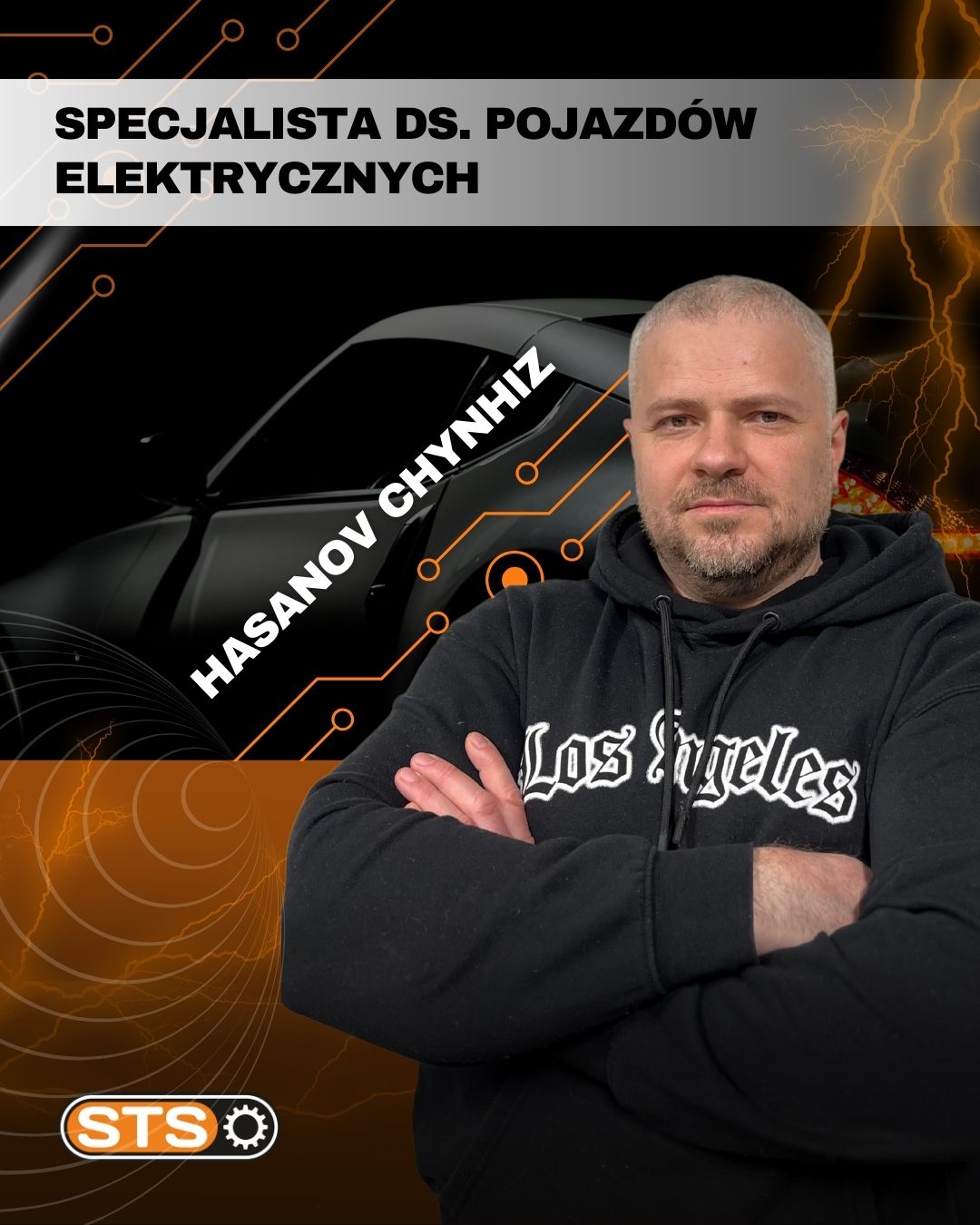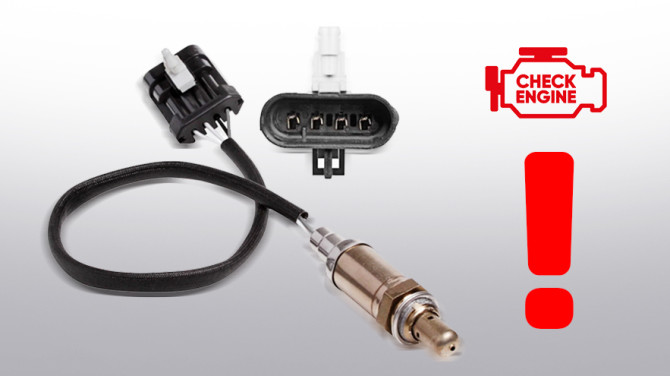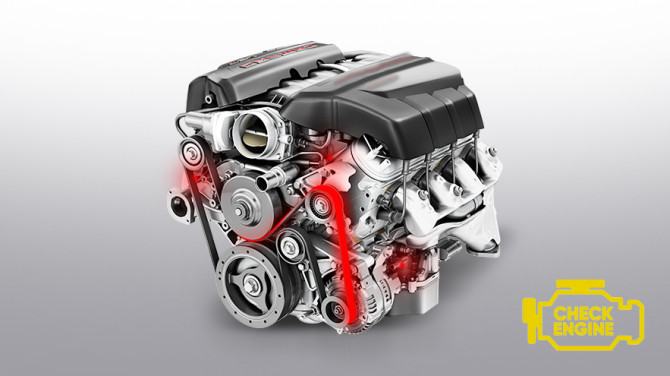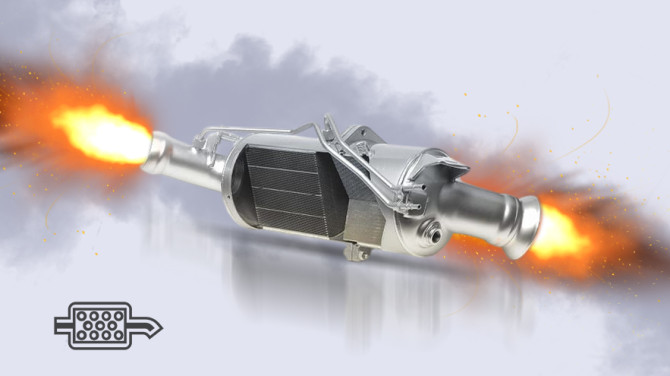Power Steering Racks with Electric Power Steering: Diagnosis and Repair
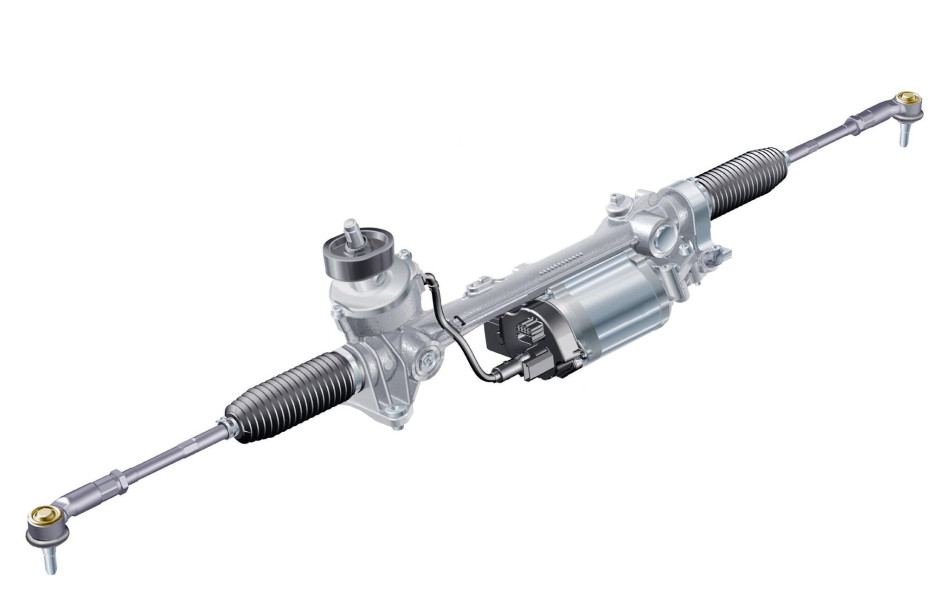
Driving a car is convenient, but it also comes with significant responsibilities. When operating a vehicle, the driver must be attentive and cautious, as the lives of passengers and other road users depend on their actions.
In addition to attentiveness, the proper functioning of the car is crucial for a safe journey. Everything must be in working order because even a minor breakdown can have noticeable consequences. Safety is influenced by various factors, including the condition of the tires, the integrity of the windshield, the quality of the wipers, and even the driver's floor mats. However, today we want to discuss the steering system because its proper functioning is no less important than the integrity of the braking system.
The majority of modern cars are equipped with power steering systems that make it easier for the driver to turn the steering wheel. There are two main types of power steering systems: hydraulic power steering (HPS) and electric power steering (EPS).
Increasingly, car manufacturers equip their vehicles with electric power steering systems. The power steering system with electric assistance includes the steering rack, an electric motor (usually housed together with the rack), and electronic control, which regulates the motor's operation based on data from various sensors.
Power steering systems with electric assistance may seem simpler and more reliable due to the absence of a pump for pumping hydraulic fluid, as found in systems with hydraulic power steering. However, everything has its lifespan, its "weak points," and sooner or later, electric power steering rack repair will be necessary.
Diagnosis and Repair of Electric Power Steering Racks
Firstly, it's essential to mention that prevention is always better than repair. The weak point of racks with electric assistance is the electric motor and other electronic components. These racks operate in fairly aggressive conditions, with constant exposure to water, dust, and dirt. The entry of moisture inside the housing can cause a short circuit, inevitably leading to significant repairs or even the need to replace the unit.
To avoid unexpected repairs, we have introduced a preventive maintenance service for electric power steering racks, which includes checking:
- Condition of dust boots.
- State of the rack shaft.
- Play in the shaft and universal joints.
- Integrity and sealing of the housing.
- Condition of wires and electrical connectors.
All breakdowns of electric power steering racks can be divided into two categories: mechanical and electrical.
Mechanical Failures of Electric Power Steering Racks
Let's start with mechanical issues:
- Knocking when turning the steering wheel or traversing road irregularities: This is a common problem for racks of all types. Diagnosis can be performed on the vehicle or with the rack removed. The technician removes the dust boots and shakes the rack shaft. If significant play and knocking are felt at this moment, the rack needs to be removed to determine the reasons for such behavior.
Sometimes, knocking can be eliminated by adjusting the side preload nut or replacing the repair kit. However, if the car has been operated with this issue for an extended period, severe wear of the toothed sector of the shaft may occur, requiring replacement.
- Steering wheel binding or failure to return to the original position after a turn: This can happen due to shaft deformation. The shaft may deform in the event of an accident, collision with a curb, or hitting a pothole at high speed.
Unfortunately, a deformed shaft cannot be repaired, and the only repair option is its replacement. In our catalog, you can buy a steering rack shaft.
- Belt breakage of the electric motor: Torque transmission from the power steering motor is carried out by a belt. Like the timing belt, it has its lifespan, but exposure to moisture can shorten this lifespan. If this happens, the belt will break, and the rack will stop working altogether, resulting in a loss of control over the vehicle. Belt breakage can also occur due to corrosion in the rack, causing the bearing to seize. These situations are extremely dangerous and require urgent intervention by specialists.
To repair, the assembly must be removed from the car, a thorough inspection performed, the belt replaced, and all signs of moisture removed.
Electrical Problems of Electric Power Steering Racks
Now let's move on to electrical problems, which are more numerous:
- Failure of a sensor essential for the operation of the electronic control unit (ECU): Normal operation of the power steering motor requires continuous input from multiple sensors, including wheel speed sensor, crankshaft position sensor, steering wheel torque sensor, and steering angle sensor. The direction and strength of the motor's auxiliary effort depend on this input.
Computer diagnostics help locate a faulty sensor, and the faulty element must be replaced. Failure to do so may result in the rack operating in emergency mode at best or requiring the driver to turn the wheel entirely by their own efforts at worst.
- Short circuit. The cause of the short circuit is the ingress of water or moisture into the block with boards, the electric motor, and the ECU. In most cases, important electrical components burn out after a short circuit, making replacement difficult or even impossible.
The search for damaged elements and their replacement is a task for a specialist who uses professional equipment and has a vast knowledge base.
- Damage to wires or connectors. Drying out of wire insulation can lead to their breakage. Additionally, a stone kicked up from the road can damage the integrity of the connector, making a reliable connection impossible. Such problems are usually visible visually. The treatment involves replacing the wiring or connector.
Case Study: Repair of EPS Steering Rack for BMW 5-series F10
A BMW 5-series F10 arrived at our service center with the owner complaining that the steering wheel required significant effort to turn.
The technician removed the steering rack from the car and discovered an unpleasant surprise. The drive belt of the rack's electric drive had snapped, and the electric motor itself had burned out. Because of this, the car no longer "saw" the rack.
The technician replaced the electric motor and belt. Think that was the end of it? Unfortunately, no. The car still refused to recognize the rack.
We disassembled the control unit and noticed that some of the capacitors inside had burned out. Until this was fixed, installing the rack on the car made no sense. The control unit was repaired, everything was reassembled, the rack was installed on the car, and finally, everything worked as it should.
After repairing the steering rack, wheel alignment is essential. We performed the alignment on a 3D stand and returned the fully functional car to the owner.
Where to Repair Electric Power Steering Racks
The proper functioning of the steering rack is crucial for the safety of every journey. With the increasing number of cars using electric power steering, the demand for electric rack repairs is growing.
Repairing EPS racks should be carried out exclusively by experienced technicians who use professional diagnostic equipment at all stages of fault identification and resolution.
Trust the resolution of EPS issues to the experts at STS Parts. We have all the necessary equipment for the diagnosis and repair of electric power steering racks. All required components and parts are available in our company's warehouse, ensuring a quick turnaround for repairs. If the EPS rack is beyond repair, we offer a replacement with a reconditioned unit.
